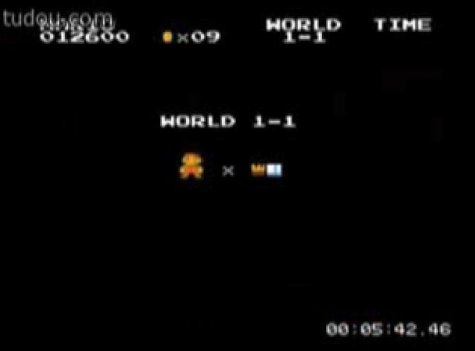Loss of “Aura” for an Increase in Narrative is not without its Merits
In “Exposure Time, the Aura, and Telerobotics,” Marina Grzinic writes on Walter Benjamin’s “A Small History of Photography.” For Benjamin, “the longer the interval of exposure, the greater the chance that the aura of an environment—the complex temporal relations woven through its represented figures—would seep into the image, etching itself on the photographic plate…. More concretely, the temporal value of the interval determined a qualitative ratio between time and space in the photograph.” He goes on to explain that the “segmentations of time yielded qualitative changes in space: sensitivity to light, clearer focus, more extensive depth of field, and significantly, the fixing of movement.”
I think it is interesting what Benjamin points out—that as the exposure of a still reaches near instantaneous (as in a single frame of a video), there is what Grzinic calls a “complete aesthetic sterilization” of the image. From my basic knowledge of photography, it is true that the longer the exposure, the more depth of field, the clearer the focus, and the more visually “fixing” the movement. This is why landscape photographers such as Ansel Adams typically use a tripod and a prolonged exposure time. Even modern digital cameras have a “landscape” feature which uses a smaller aperture (or smaller lens opening) coupled with a longer exposure. However, I can’t help but disagree that a shorter exposure—and its resultant loss of focus (actually it produces images where objects at some depth is in focus while objects at other depths are out of focus)—produces a less quality picture. He may argue that a longer exposure presents the image in a way that is more like real life—where one can see everything clearly where one can see clearly wherever one chooses to direct one’s attention and focus. But what is this “aura” that he mentions, exactly. Is it this “life-like” quality of the image? I can not argue as to whether or not a short exposure produces an image with less “aura” as I am not quite sure what he means by it; though I will admit that there is a resultant qualitative difference, but not necessarily a loss of quality.
An image produced using short exposure times is not without its very admirable merits. Having certain areas of an image out of focus produces an instruction, a micro-narrative to the image; it tells the viewer what the producer of the image wants us to pay attention to. This allows for all sorts of interesting presentations and messages. Take for example an anti-drunk driving ad where a glamorized bottle of fine scotch is shown, in-focus, in the foreground juxtaposed in front of an out-of-focus scene of an auto accident with ambulance and stretcher in the background. It is much more interesting to me than one where all elements are sharp and in focus. It is also more effective. A picture such as this highlights the bottle of alcohol first, allows it to be mentally attended to—almost glamorized—before one perceives the background image. And because the traumatic image in the background is slightly out of focus, it forces the viewer to mentally think more about the scene, even produce a personalized narrative around it. The resultant loss of the “depth of field” in a short exposure photograph is, in some cases, well warranted by the increased potential for depth of meaning.
Labels: eddie



